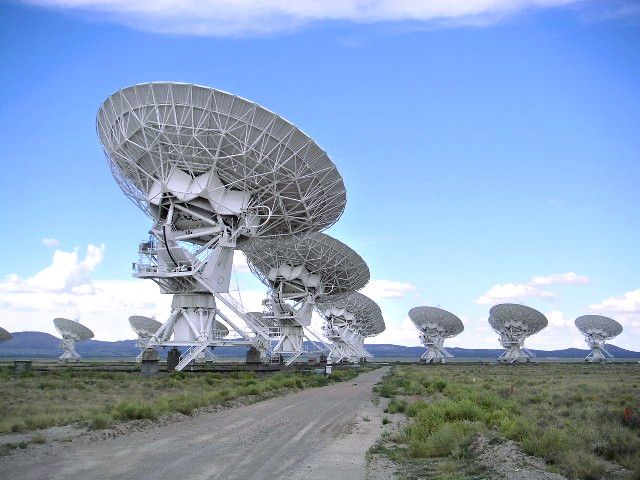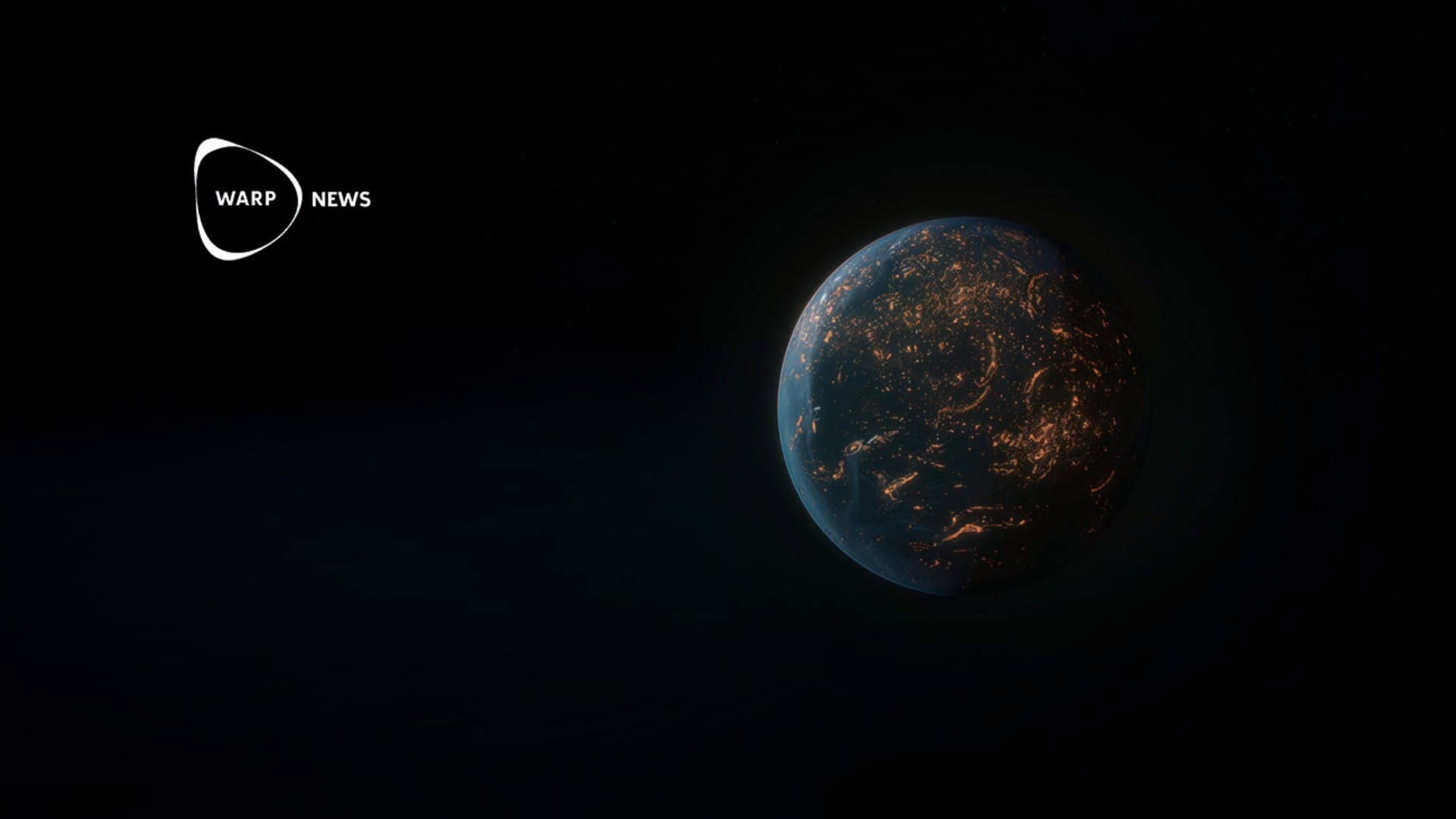
🔭 Discovering a new world: New planet with Earth-like magnetic field
This Earth-sized planet could potentially have a magnetic field similar to ours, suggesting it may possess the necessary conditions to support life as we know it.
Share this story!
Meet YZ Ceti b
The discovery of a new planet named YZ Ceti b, located approximately 12 light-years away, has stirred excitement in the scientific community.
This Earth-sized planet could potentially have a magnetic field similar to ours, which is essential in protecting a planet's atmosphere from solar particles and plasma.
The findings were recently published in the journal Nature, suggesting YZ Ceti b may possess the necessary conditions to support life as we know it.
A new method to detect magnetic fields
Sebastian Pineda and Jackie Villadsen, using the Karl G. Jansky Very Large Array radio telescope, detected a repeating radio signal originating from the star YZ Ceti.
This discovery may lead to a promising method for determining if rocky, Earth-like exoplanets possess magnetic fields.
As astrophysicist Pineda explains, a planet's magnetic field can play a crucial role in preserving its atmosphere from erosion by particles discharged from its star.

Unlocking the secrets of magnetic fields
In their search for Earth-sized planets with magnetic fields, Villadsen and her team focus on those close to their stars. These planets' close proximity allows for the detection of their magnetic fields as they interact with the dense cloud of material emitted by their stars.
Observing the radio waves generated by these interactions can shed light on the formation of planetary magnetic fields and their impact on habitability.
YZ Ceti b's extraordinary orbit
The unique proximity of YZ Ceti b to its star, completing a full orbit in just two days, offers a rare opportunity for scientists to observe the interaction between the planet and its star's magnetic fields.
As plasma from the star collides with the planet's magnetic "plow," it generates radio waves that can be observed from Earth, allowing researchers to measure the strength of the radio waves and deduce the planet's magnetic field.

A new phenomenon: auroras on other stars
Interactions between YZ Ceti b and its star have led to the discovery of an aurora on the star's surface, an unprecedented finding. These auroras provide insights into the complex relationship between planets and their host stars, highlighting the importance of understanding magnetic fields in different planetary systems for the search for habitable exoplanets.
Future research and its implications
Astronomers are eager to continue studying radio waves caused by planets like YZ Ceti b, and upcoming radio facilities promise to aid in these efforts.
By understanding the behavior of magnetic fields on other planets, researchers can better assess the habitability of exoplanets and ensure the safety of our technology in space during future space explorations.
Credit: Jerusalem Post
News tips: Thomas Ahlström.
By becoming a premium supporter, you help in the creation and sharing of fact-based optimistic news all over the world.


